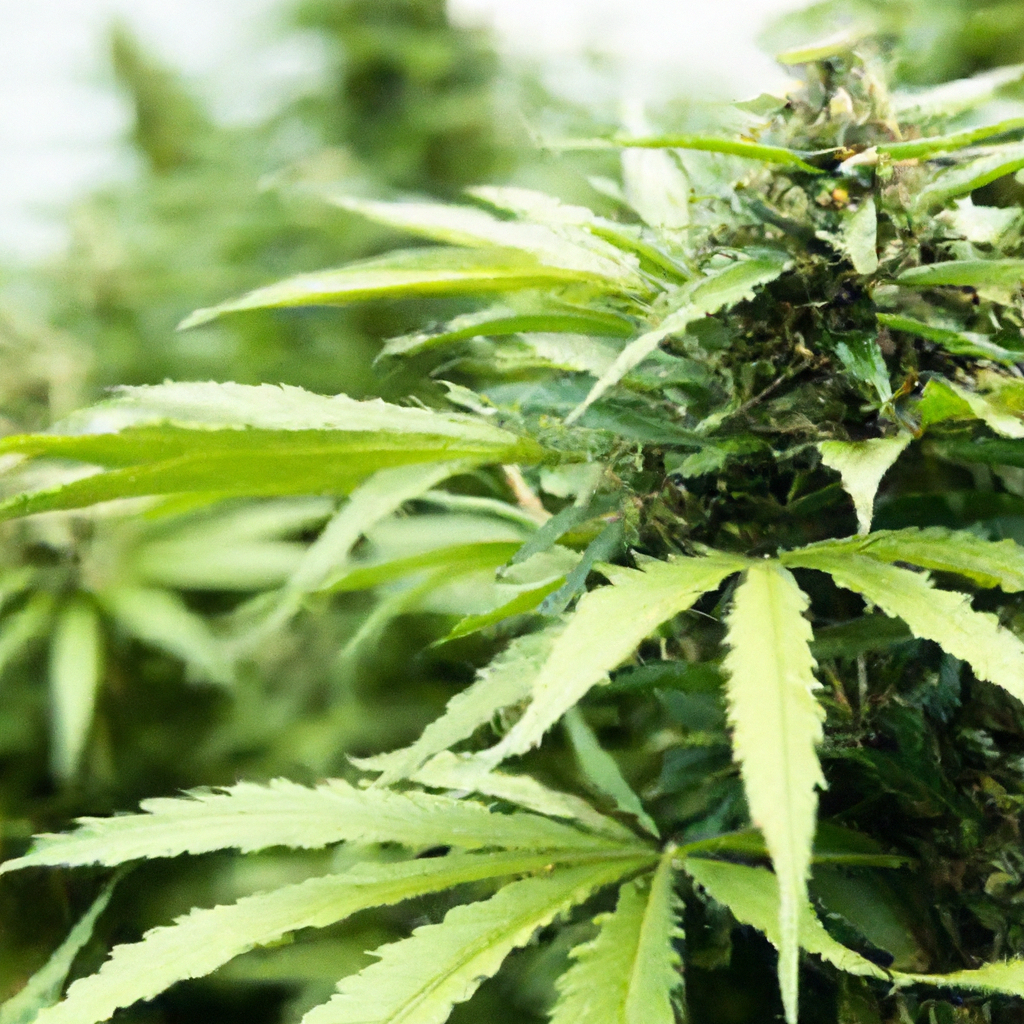Welcome to the fascinating world of cannabis cultivation, where timing can be as critical as the strain selection. Just like any other agricultural practice, understanding the seasonality of cannabis is crucial to ensure the healthiest and most potent harvest. As a seasoned grower, I’ve learned the importance of aligning cultivation practices with the rhythmic changes of the seasons, especially in the unique climate of Colorado. Let me take you through the essentials of cannabis seasonality.
Understanding Cannabis Growth Stages
Just as cannabis strains have unique characteristics, their growth cycle progresses through distinct stages crucial for beginners to understand. Each stage, from germination to flowering, responds to environmental cues brought on by seasonal changes.
- Germination: This initial stage needs consistent warmth and moisture. Initiating this indoors can be helpful, as it allows for controlled conditions regardless of the weather outside.
- Seedling Stage: Following germination, seedlings require ample light and moderate humidity. Springtime conditions are ideal, setting the rhythm for a spirited growth period.
- Vegetative Stage: As the spring temperatures rise, plants enter the vegetative stage, pushing for height and strength. Increased daylight fosters robust plant growth.
- Flowering Stage: Triggered by decreasing daylight as summer transitions to fall, this stage focuses on bud development. Proper humidity control and temperature regulation are vital to maximize the yield.
The Impact of Seasonality on Outdoor Cannabis
Seasonality profoundly impacts outdoor cannabis cultivation, where natural conditions directly intersect with growth. In Colorado, towering above sea level, you face unique seasonal influences that dictate planting schedules and harvest timeliness.
Spring Planting
Spring is prime for starting cannabis outdoors. As frosts recede, generally around late April to May, the extended light exposure and rising temperatures create optimal growth conditions for young plants.
Summer Success
By June, plants are in full vegetative mode, thanks to Colorado’s long summer days. Focus on supplemental nutrition and strategic watering techniques to cope with the dry, sunny climate prevalent at higher altitudes.
Fall Harvest
Pay close attention to weather forecasts as fall approaches. Frosts can arrive early in high altitudes, necessitating an alert for growers to harvest before the onset of cold damages the plants, typically occurring around late September to early October.
Adapting Indoor Growing for Seasonal Changes
While indoor growing allows for more control, aligning with seasonal cues can enhance results, even indoors. Adjusting light cycles to mimic natural daylight changes can support plant vitality, encouraging natural growth patterns.
Indoor growers can benefit from seasonal adaptations by modulating light intensity and changing spectrum hues to simulate outdoor conditions. This helps in maintaining plant resilience and optimizing yield cycles tailored to your specific setup.


Leave a Reply